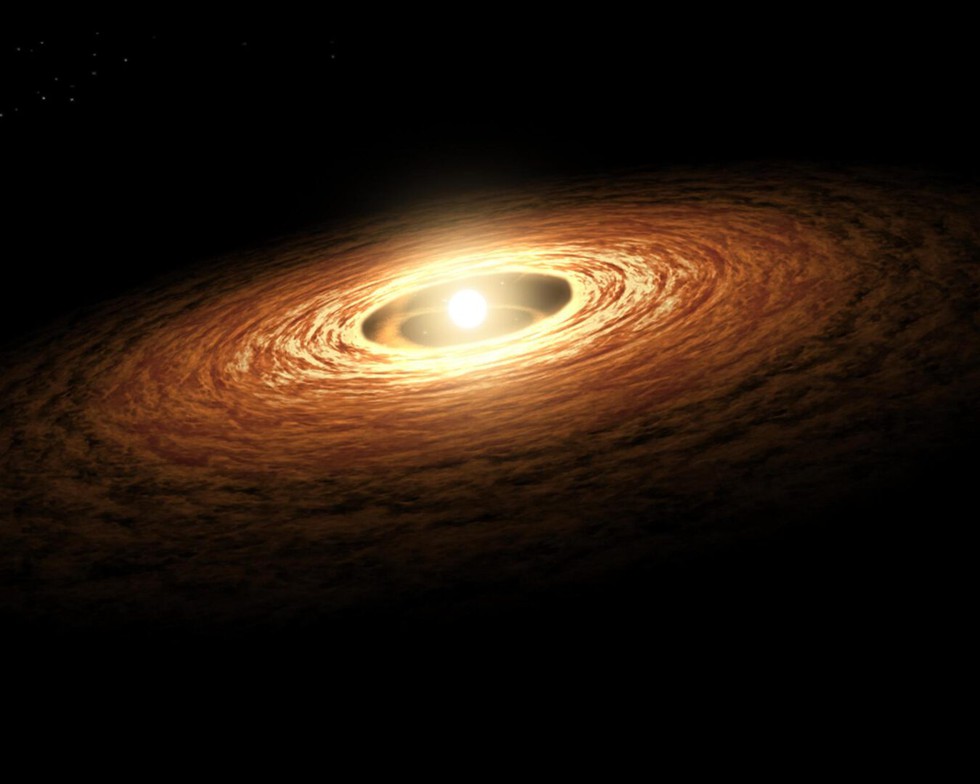The James Webb Space Telescope has made a groundbreaking discovery regarding planetary formation in the Orion Nebula, revealing significant erosion of crucial planet-forming materials.
Detection of Erosion
- Source of Findings: Published in Astrophysical Journal Letters.
- Observation Lead: Dr. Samantha Rodriguez from the Space Telescope Science Institute.
Findings
- Location: Surrounding a young star named LV-426 within the Orion Nebula.
- Impact: Stellar winds from LV-426 are eroding the dusty disks, essential for planetary formation.
- Comparison: Described as akin to cosmic sandblasting by Dr. Rodriguez.
Implications
- Stellar Nursery Reality: Contrary to previous beliefs, the Orion Nebula’s environment poses challenges for nascent planets.
- Obstacle to Formation: Erosion obstructs the coalescence of planet-forming materials, hindering planetary accretion.
- Broader Questions: Raises inquiries about similar erosive forces in other stellar nurseries and their effects on planetary system abundance and diversity.
Significance of Discovery
- Insight from James Webb Telescope: Unveils the dynamic nature of the universe and its impact on planetary formation.
- Milestone in Understanding: Crucial for comprehending celestial body origins and the forces shaping their evolution.
Multiple Choice Questions (MCQs):
- What groundbreaking discovery did the James Webb Space Telescope make in the Orion Nebula?
- A) Detection of a new exoplanet
- B) Revelation of significant erosion of planet-forming materials
- C) Identification of a black hole
- D) Confirmation of a supernova explosion
- Answer: B) Revelation of significant erosion of planet-forming materials
- Who led the team of astronomers in the observations surrounding the young star LV-426?
- A) Dr. Samantha Rodriguez
- B) Dr. James Webb
- C) Dr. Neil Armstrong
- D) Dr. Stephen Hawking
- Answer: A) Dr. Samantha Rodriguez
- What analogy did Dr. Rodriguez use to describe the impact of stellar winds on planet-forming materials?
- A) Cosmic sandpaper
- B) Cosmic vacuum cleaner
- C) Cosmic sandblasting
- D) Cosmic bulldozer
- Answer: C) Cosmic sandblasting
- What does the erosion of planet-forming material in the Orion Nebula hinder?
- A) Stellar fusion
- B) Planetary accretion
- C) Galactic rotation
- D) Solar flares
- Answer: B) Planetary accretion
- What does the discovery of planetary erosion in the Orion Nebula raise questions about?
- A) Stellar temperatures
- B) Galactic rotations
- C) The prevalence of erosive forces in other stellar nurseries
- D) Solar system age
- Answer: C) The prevalence of erosive forces in other stellar nurseries
